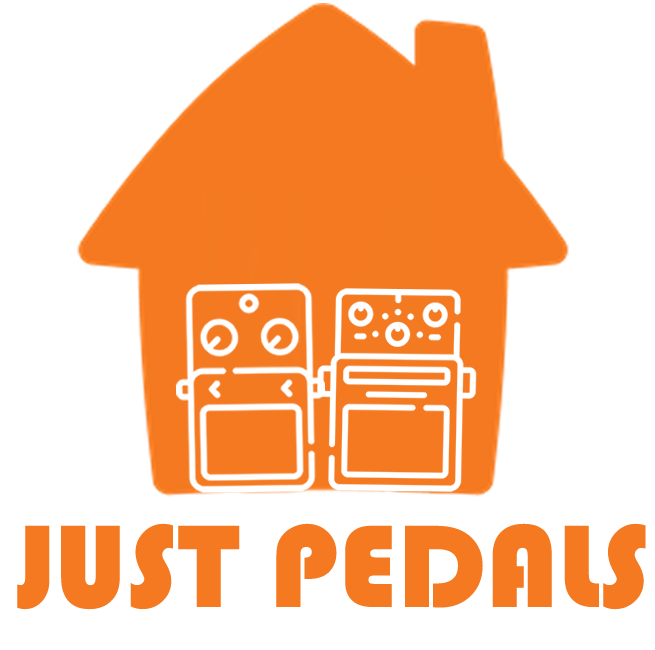Just – Guitar Effect Pedal Videos – First Distortion Pedal #guitar
Just – Guitar Effect Pedal Vids – First Distortion Pedal #guitar
Donner Distortion Guitar Pedal, Morpher Distortion Effect 3 Modes Natural, Tight, Classic Crunch 80s Metal for Electric Guitar, True Bypass
£29.99
[High-Gain Distortion] As a High-Gain distortion pedal, Donner's Morpher sounds like a crossover between MI Crunch Box and Suhr Riot. Great for hair metal/glam metal/pop metal. [3 Distortion Modes] Designed for richer playability. Wide dynamic range … read more
Aprilsunnyzone Portable Guitar Effect Pedal Distortion Delay Chorus Tremolo Digital Overdrive,For Electric Guitars Featuring Vintage Tone Shaping Capabilities(E)
£15.87
【Vintage Overdrive】- Experience the mellow and smooth overdrive effect, reminiscent of classic pedals. This pedal offers exquisite sound quality and nice sustain, allowing for expressive guitar playing. 【Rich Distortion】- The Distortion pedal provide… read more
Jooehyer Electric Guitar Boost Pedal Secret Mini Distortion Guitar Pedal Black Electric Guitar Effect Pedal True Bypass
£51.11
Vintage: A warm, smooth, vintage distortion sound; Black Secret Micro-Mini Distortion Electric Guitar Effect Pedal True Bypass Turbo: More powerful distortion sound, twice more than the maximum output of the vintage mode. 2 Working Modes: Vintage / T… read more
Jooehyer Electric Guitar Pedal Boost Pedal Guitar Pedal Black Secret Mini Distortion Electric Guitar Effect Pedal True Bypass
£50.75
2 Working Modes: Vintage / Turbo Black Secret Micro-Mini Distortion Electric Guitar Effect Pedal True Bypass Vintage: A warm, smooth, vintage distortion sound; Turbo: More powerful distortion sound, twice more than the maximum output of the vintage m… read more
Amuzik Plexion Effect Pedal Distortion Pedal for Guitar & Bass with Bright & Normal Modes True Bypass
£25.99
【Classic Plexion Distortion】It is a modelling pedal which mirrors the original Plexi amps.Three knobs control the Gain,Tone and Volume.Toggle switch toggle between Bright and Normal sounds. 【2 WORKING MODES】:Normal and bright. Using the Bright channe… read more

![[High-Gain Distortion] As a High-Gain distortion pedal, Donner's Morpher sounds like a crossover between MI Crunch Box and Suhr Riot. Great for hair metal/glam metal/pop metal. [3 Distortion Modes] Designed for richer playability. Wide dynamic range ...](https://m.media-amazon.com/images/I/41UzzFseciL._SL160_.jpg)


